The iPhone XS & XS Max Review: Unveiling the Silicon Secrets
by Andrei Frumusanu on October 5, 2018 8:00 AM EST- Posted in
- Mobile
- Apple
- Smartphones
- iPhone XS
- iPhone XS Max
Camera - Low Light Evaluation
In low-light scenarios, we should see the new iPhone XS showcase significant improvements thanks to the 50% better light capture ability of the new sensor. Apple’s still only employing a f/1.8 aperture lens on the XS - so while it will improve over past phones, at least on paper it’s still at a disadvantage to say Samsung’s latest phones, which have an extra-wide f/1.5 aperture available to them.
[ iPhone XS ] - [ iPhone X ] - [ iPhone 7 ] - [ iPhone 6S ]
[ Galaxy Note9 ] - [ Galaxy S9+ ] - [ Galaxy S8 ]
[ LG G7 ] - [ LG G6 ] - [ LG V30 ] - [ OnePlus 6 ]
[ Mi MIX2S ] - [ Pixel 2XL ] - [ P20 Pro ]
In this first shot, we immediately see the new iPhone’s advantage over last year’s flagship. There is a lot more definition in the grass, less noise throughout the image, and less blown out lights in the scene.
Unfortunately, Apple is as expected still at a great disadvantage to Samsung here, as the latter is just able to give more light onto the whole scene, and the most evident, more colour to the grass. In terms of raw low light capture, the Huawei P20 Pro is still far ahead here, thanks to its massive sensor that is able to collect significantly more light.
[ iPhone XS ] - [ iPhone X ] - [ iPhone 7 ] - [ iPhone 6S ]
[ Galaxy Note9 ] - [ Galaxy S9+ ] - [ Galaxy S8 ]
[ LG G7 ] - [ LG G6 ] - [ LG V30 ] - [ OnePlus 6 ]
[ Mi MIX2S ] - [ Pixel 2XL ] - [ P20 Pro ]
At first glance, the iPhone XS didn’t shoot a much brighter picture than the iPhone X in this construction scene. Opening up the full resolution images however shows that the new XS showcases much better details and lower noise. It’s not enough to compete with the S9+, and certainly not with the insane ISO25600 shot of the P20 Pro.
It’s interesting to see the improvements over the years from the iPhone 6S on – which barely manages to capture anything in this scene.
[ iPhone XS ] - [ iPhone X ] - [ iPhone 7 ] - [ iPhone 6S ]
[ Galaxy Note9 ] - [ Galaxy S9+ ] - [ Galaxy S8 ]
[ LG G7 ] - [ LG G6 ] - [ LG V30 ] - [ OnePlus 6 ]
[ Mi MIX2S ] - [ Pixel 2XL ] - [ P20 Pro ]
The next shot is probably the only one that I found to be really problematic for Apple. Both on the iPhone X and the new XS, the resulting images weren’t consistent in consecutive shots. In four shots in a row, the iPhone XS kept changing the colour temperature. The same thing happened on the iPhone X, so I think this was part of Apple’s exposure / colour balance algorithm.
Colour balance aside, the exposure is similar between the X and the XS, and all the improvements of the new sensor go directly into improved detail and noise reduction throughout the scene, which is significantly better again compared to last year’s iPhone.
Here Apple is very close to Samsung, showcasing a bit better shadows, but still losing out in details in some parts of the scene. The P20 Pro is yet again the low-light kind here, as it just have that much more dynamic range work with.
[ iPhone XS ] - [ iPhone X ] - [ iPhone 7 ] - [ iPhone 6S ]
[ Galaxy Note9 ] - [ Galaxy S9+ ] - [ Galaxy S8 ]
[ LG G7 ] - [ LG G6 ] - [ LG V30 ] - [ OnePlus 6 ]
[ Mi MIX2S ] - [ Pixel 2XL ] - [ P20 Pro ]
Again, the iPhone’s new sensor comes into play in these concrete trucks. The XS makes very good dealing of the blown highlights present in the iPhone X shot. Samsung is able to produce more vibrancy in the blue of the trucks. Huawei’s multi-exposure computational photography night mode is the best of all phones here as it’s just able to bring out that much more from the shadows.
[ iPhone XS ] - [ iPhone X ] - [ iPhone 7 ] - [ iPhone 6S ]
[ Galaxy Note9 ] - [ Galaxy S9+ ] - [ Galaxy S8 ]
[ LG G7 ] - [ LG G6 ] - [ LG V30 ] - [ OnePlus 6 ]
[ Mi MIX2S ] - [ Pixel 2XL ] - [ P20 Pro ]
Apple's use of SmartHDR in this picture is extremely evident, as it really brings down the highlights of the lamp and brings out more shadows throughout the scene. The XS provides better detail, but it’s not as big of a difference as we’ve seen in other shots.
Apple’s usage of HDR here puts it ahead of the Samsung devices, trading blows with the P20 Pro, winning in some regards, while losing in others.
[ iPhone XS ] - [ iPhone X ] - [ iPhone 7 ] - [ iPhone 6S ]
[ Galaxy Note9 ] - [ Galaxy S9+ ] - [ Galaxy S8 ]
[ LG G7 ] - [ LG G6 ] - [ LG V30 ] - [ OnePlus 6 ]
[ Mi MIX2S ] - [ Pixel 2XL ] - [ P20 Pro ]
Finally, I wanted to test the iPhone XS to its limits and see what it can do in essentially impossible scenarios of low light.
Exposure-wise, the iPhone XS is no better than the X here. It provides better sharpness and less noise, however the image is still too dark to be of any use. I wish Apple would introduce a more innovative low light shooting mode, such as LG’s pixel binning mode. Huawei’s ISO51200 capture of this scene is just so beyond any other current phone, that it really raised the bar in what we’d normally expect to see in a smartphone.
Low-light conclusion
The new iPhone XS sensor is a great improvement to Apple’s lineup. Its advantages over the iPhone X are clearly evident in every single low-light shot, showcasing greater detail and sharpness while reducing noise. SmartHDR doesn’t seem to be something that’s solely for daylight shots, as Apple and the iPhone XS seem to make use of it in some low-light scenarios, giving the camera a further advantage over last year’s phones.
While Apple has showcased some really good progress, it’s can still lag behind low-light image quality of Samsung and Huawei’s P20 Pro. The former’s bigger aperture is just a sheer hardware advantage, while the latter enormous sensor makes use of innovative image processing to really raise the bar in terms of extreme low light photography. Here the iPhone XS is good; but it just can’t keep up.


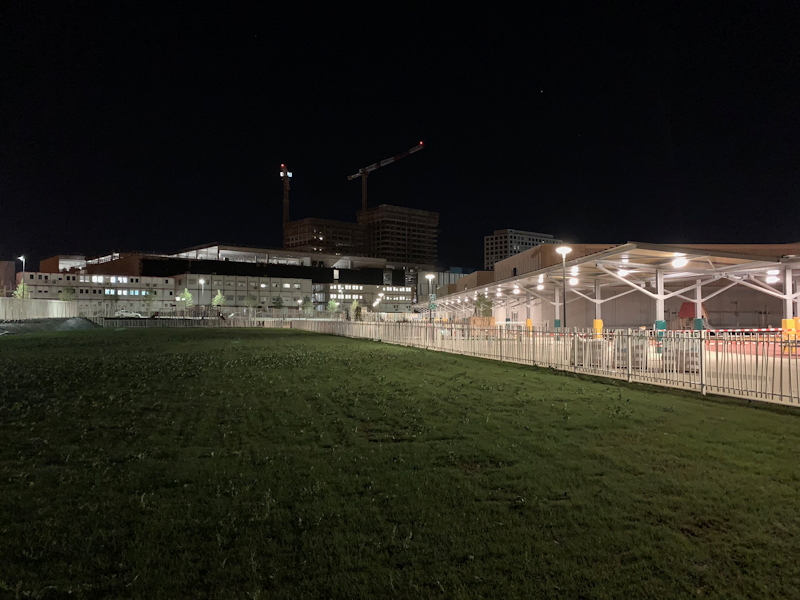
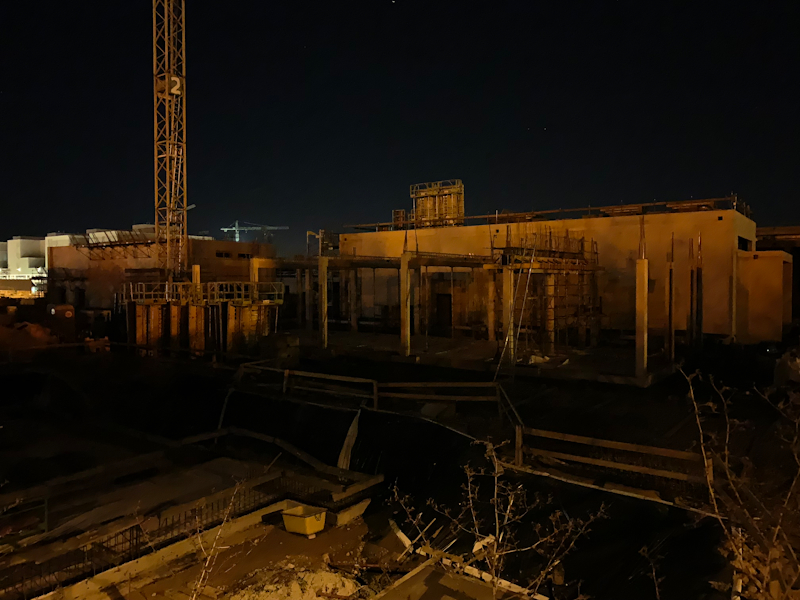
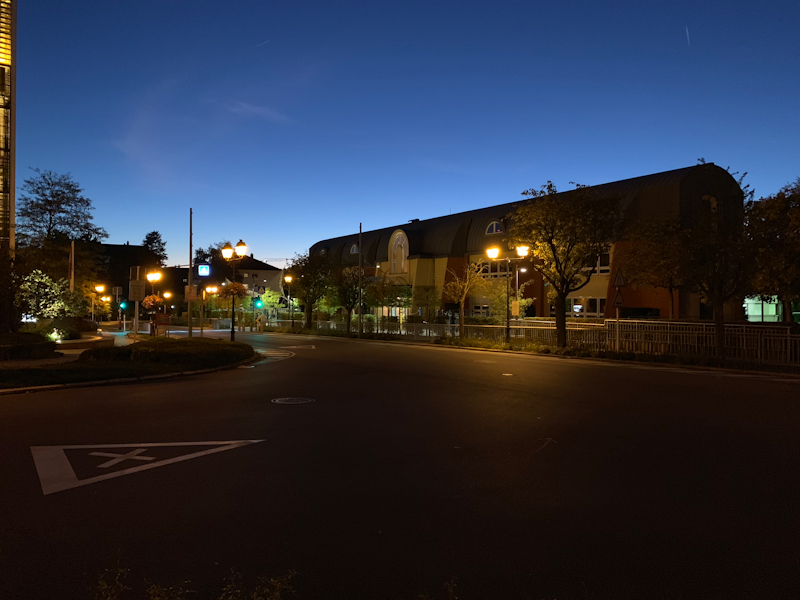
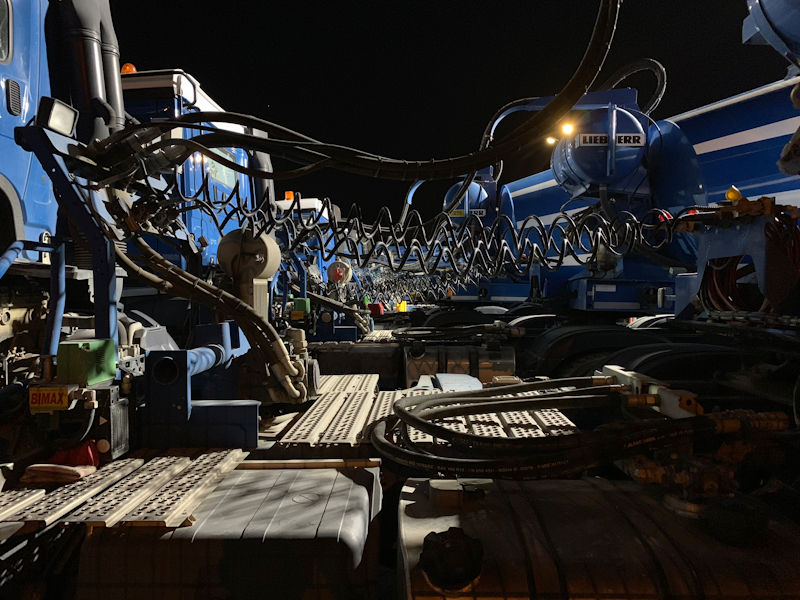
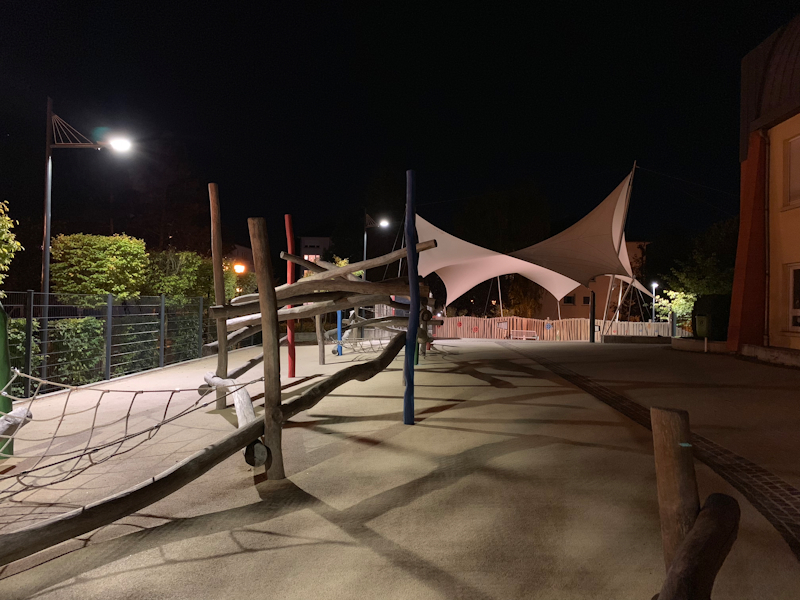
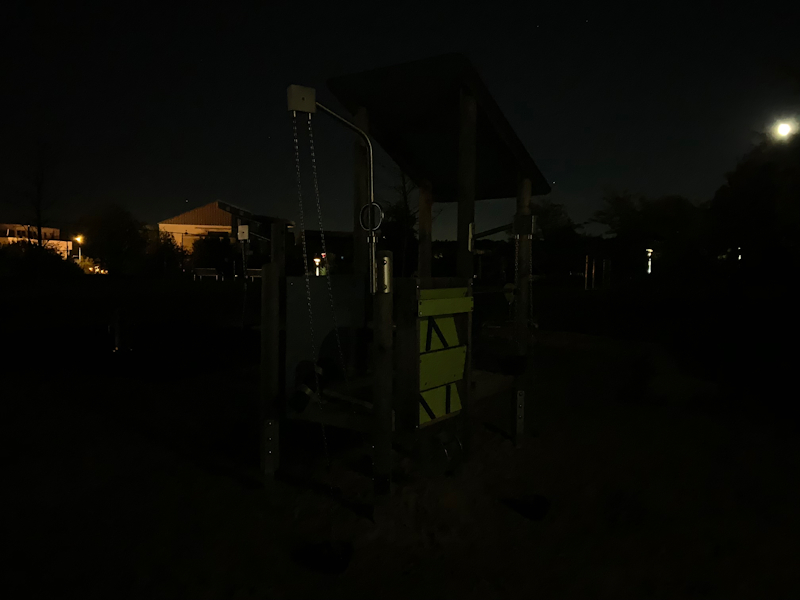








253 Comments
View All Comments
NICOXIS - Friday, October 5, 2018 - link
I wonder how A12 would do on Android or Windows... I'm not into Apple but they have done a fantastic job with their SoCLiverpoolFC5903 - Tuesday, October 9, 2018 - link
Probably nowhere as good as it is projected here.What is the bloody point of these supposedly super fast SOCs with massive caches and execution units when the OS running on it will be the highly limited, crippled and locked OS like the IOS. No emulators, no support for USB peripherals like gamepads, mice or keyboards, poor excuse for file management, no access to outside apps, no ability to run non webkit based browsers, no ability to seamlessly transfer data to and from windows desktops and multiple other limitations.
All and well getting excited over this SOC but its like Having a 450 BHP ferrari running on a 80 mile speed limiter with an automatic transmission. All that power is useless and will remain unutilised.
Until they allow other OS to run on their hardware, the comparisons are meaningless. I can do a hell lot more on a pithy 835 than I will ever be able to do on an A11 or A12.
iSeptimus - Tuesday, October 9, 2018 - link
Wow, so much wrong with this statement.bulber - Friday, October 12, 2018 - link
You are wrong and I know you are too narcissistic to realize that. I would pity you but your username tells me you don't deserve any pity.Barilla - Friday, October 5, 2018 - link
Fantastic hardware (well, except the notch), shame it's only locked to one OS. Would love to see an Android phone with hardware like that.Matte_Black13 - Friday, October 5, 2018 - link
Well Qualcomm is working on quite a few things, new SoC, NPU, and Samsung is totally redesigning their GPU, so...maybe sooner than later (S10)varase - Friday, October 5, 2018 - link
It'll be interesting to see what comes of that effort - so much of the Android market is feature phone replacements - the actual percentage which represents high end flagship phones is pretty slim.If a bigger percentage of the Android market is willing to pay for silicon with that increased compute capacity, there may be hope.
melgross - Saturday, October 6, 2018 - link
But will they? Microprosser Reports says that each new SoC from Apple cost, the year of introduction, between $34-38. Top Android SoCs cost between $24-28. That’s a big difference. These phones compete wither each other, and price while Apple mostly competes against itself.melgross - Saturday, October 6, 2018 - link
The reason, or I should say, one of the reasons why other manufacturers are copying Apple’s notch, is because it allows a full screen phone. Notice that Samsung has edge to edge, but still retains a shorter screen on both the top and bottom. The notch removes 2-3% of the screen area, depending on screen size, which is very little. Now take the Galaxy 9+, and you’ll notice that when the entire top and bottom cutoffs are added together, it amounts to about 10% of the possible screen size.It’s why the new Pixel and others are moving to the notch. In the cases where the notch is just being copied, it’s ridiculous, because those companies are still using a chin on the bottom, and the notch is just there to copy the iPhone.
id4andrei - Saturday, October 6, 2018 - link
No. They are copying the iphone for the look. If they were copying to maximize screen area they would copy Essential. Apple removed the chin and the notch is needed for face id - they have a good reason. Some copycats(not all) ape the look and keep the chin. A good compromise is the impending OnePlus T. It has teardrop notch and minimized chin that makes it look actually good. Asus is on the other side of the spectrum. They even bragged they wanted to copy the look of the iphone X.